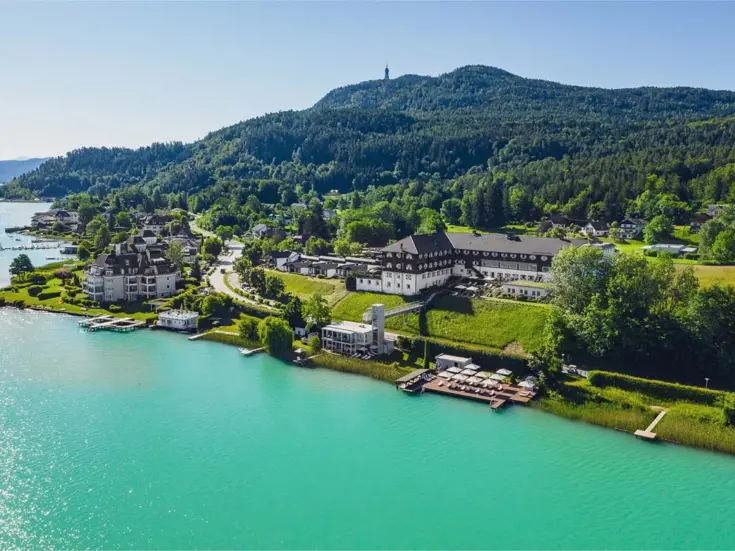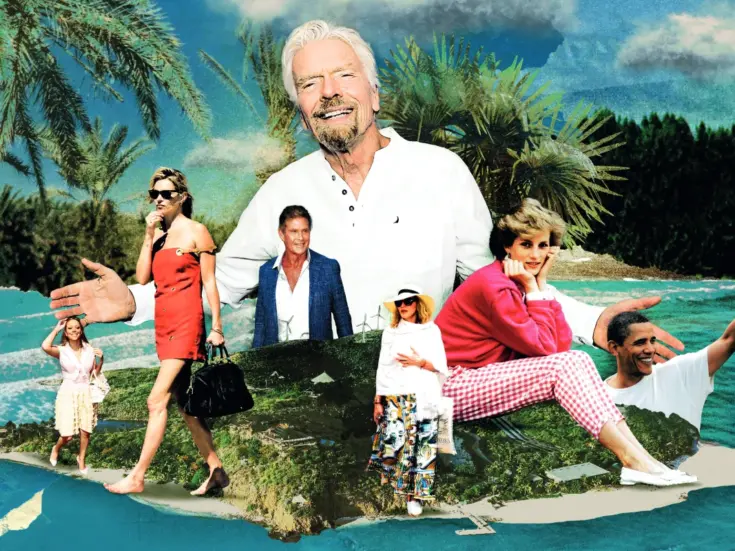The country’s image has suffered badly of late, despite its majesty – yet this very problem presents a rare opportunity to wildlife lovers, says Lucia van der Post
To most people it will come as no surprise that Kenya’s once-buoyant tourist industry is on its knees. For anybody like me who loves Kenya deeply, who thinks it is a country with something special and wonderful to offer to the world, watching its manifold difficulties in the last few years hasn’t been easy.
Each time we think Kenya is beginning to recover from one disaster, another one hits it. First there were the kidnappings and murders on the coast — though it has to be said that holidaying close to the Somali border had long seemed not a clever thing to do. Then came the Westgate Mall attack in Nairobi, and it wasn’t only that 67 people were murdered but also that the armed forces and police seemed to perform so abjectly that did such harm to Kenya’s image. And then there was the murder of 147 people, mostly students, in Garissa in the north-east. The knowledge that al-Shabaab is just over the border in Somalia, longing to indulge in some more murder and mayhem, isn’t reassuring either.
It’s hard to get statistics about just how dire the tourist situation actually is — government figures (perhaps naturally) say only that in recent times visitor numbers have dropped by about 4 per cent year-on-year. The Responsible Travel website, meanwhile, says that numbers have dropped by 54 per cent since their peak. On a more personal level, a recent visit to the We Are Africa travel conference in Cape Town revealed that most operators in Kenya are reeling from the knock-on effect of all the bad news. Camps are closing all the time, extra mortgages have been taken out by those who can arrange them, those who sold out in the good years are smiling, the others are hanging on in there grimly, hoping that sometime, somehow, things will perk up.

We know that tourism is key for Kenya’s well-being: in the good times it accounts for something like 25 per cent of GDP. Indeed, it is tourists who keep people in jobs, particularly in rural areas where there is very little alternative employment. (The late, great Anton Rupert once told me that for every tourist who came to an African country, seven jobs were created, and he pointed out that Africa’s crying need was not for aid but for work.)
For those who love and care about wildlife, tourists matter more than ever. If wildlife doesn’t pay — and if tourists don’t come, it won’t — then the invasion of game reserves and the clamour to give up protected land will grow ever greater. Tourism to the wildlife areas is one of the best guardians of the land and the wildlife itself. Rangers trundling round reserves in their 4x4s keep poachers and pastoralists wanting to graze their cattle at bay. Without the income from the tourists’ (hefty) park fees, conservation projects will be starved of funds. Tourists’ fees pay for anti-poaching units, for fencing, for researchers and for veterinary services.
So as you can see, Kenya — its people, its wildlife, its wilderness areas — needs you, and I would argue that now is a better time than ever to go. Security all over Kenya has been beefed up. The roads to the airport have blockades through which only those with valid passports and passes can go through. I myself wouldn’t go anywhere north of Lamu, but it is reassuring to learn that a naval gunship patrols the waters off Lamu day and night. If you’re going to any of the wildlife areas, they are almost all far away from the Somali border. Fly into Nairobi on the Kenyan Airways overnight flight and in the morning fly straight out (your travel agent will organise it) from a small airfield nearby to a remote camp and you’ll be surrounded by thousands of acres of wilderness.

If you love wildlife, this is the year to see the migration — last time I was there, staying at Governors’ Camp, I had unforgettable (if gory) sightings at the Mara river crossing. The Maasai Mara has to be one of the unbeatable destinations for wildlife, and yet most years the experience is spoiled by having no sense of wilderness or privacy — every interesting wildlife interaction is surrounded by several jeeps (I counted no fewer than 40). Go this year and you’ll watch it all in comparative peace.
Stay with somebody like Calvin Cottar, who runs a 1920s-style camp (all sweeping tents, old-fashioned gramophones, Persian carpets and the like) just outside the Maasai Mara, and he’ll take you to the quiet and private places where you can watch the passing drama unbeset by crowds.
Or visit the Fitzgerald family’s new camp. Here at Angama Mara, on a spectacular site overlooking the plains of the Mara, Nicky and Steve Fitzgerald have opened a camp with their daughter Kate. If anybody knows about running camps properly — about the guides, the food, the tents (they’ll all have awesome views), the whole complex organism that is a successful camp — it is the Fitzgeralds, who used to run CC Africa, which later became & Beyond.

<p>
After that, you could go up — or down — country. You could go down to Galdessa, on the Galana river in Tsavo East, way south from all the troubles, which is one of the most heartbreakingly charming camps of all. Just eight thatched bandas sit beside the river, but the food, the service, the chance to walk along the dried-up riverbeds and through the bush make it an experience I still remember fifteen years on.
Today, it has a new owner who has put much of his life savings into it, who’s refreshed and updated it but kept the charm and simplicity — and yet he, like so many camp and lodge owners, is struggling. You could get three nights at Galdessa for $930 per person — a price that wouldn’t buy you a single night in an equivalent South African lodge — and you’d have what is to my mind an infinitely more precious experience. It’s wilder, it has more charm, it’s much more personal.
Alternatively, go north and you could stay at Enasoit, a small family-owned lodge in Northern Laikipia and a mere half an hour by helicopter from Samburuland. There you could have a whole host of adventures and yet know that you were safe.
Many of the lodges have cut their prices, desperate to keep themselves open and their staff employed. So for those who have longed to go on a traditional safari and want to support Kenya in its hour of need, this is the chance of a lifetime — and more than that, you’ll have some of Africa’s most wonderful wilderness areas and its spectacular wildlife more or less to yourselves. I, for one, can’t wait.
angama.com | cottars.com | enasoit.com | galdessa.com








